KanexPro MXHD1616A User manual
Other KanexPro Switch manuals

KanexPro
KanexPro HDSC12D User manual

KanexPro
KanexPro HDSC61D-4K User manual

KanexPro
KanexPro SW-2X14KUSBC User manual

KanexPro
KanexPro SW-HD20-3X1 4K User manual
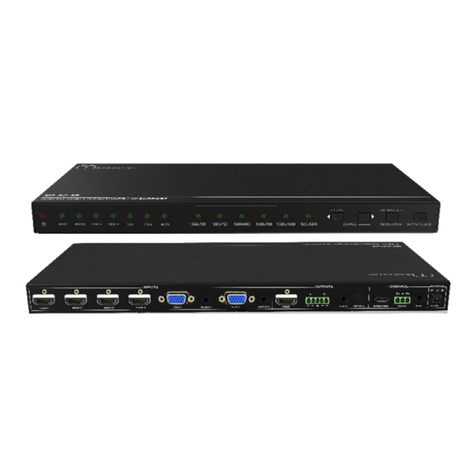
KanexPro
KanexPro MP-SC-6E User manual

KanexPro
KanexPro SW-HD5X14K User manual

KanexPro
KanexPro SW-HDSC51HDBT User manual

KanexPro
KanexPro SW-HD3X14K User manual

KanexPro
KanexPro HDSC71D-4K User manual

KanexPro
KanexPro MX-HDBT8X818G User manual

KanexPro
KanexPro HDMMX88-4K User manual
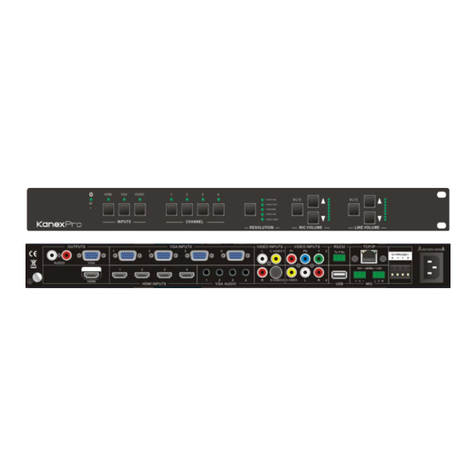
KanexPro
KanexPro HDSC12 User manual
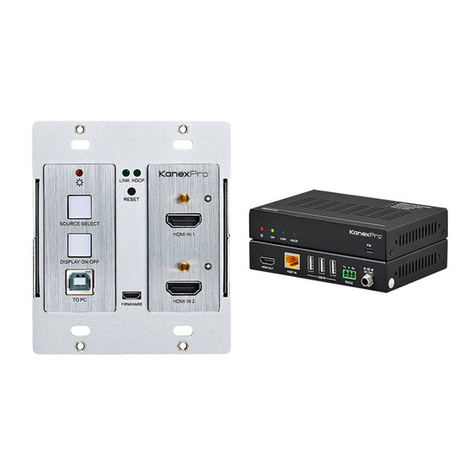
KanexPro
KanexPro WP-HDBTKVM3 User manual
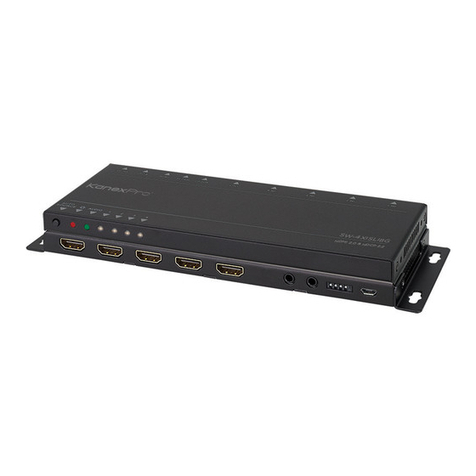
KanexPro
KanexPro SW-4X1SL18G User manual

KanexPro
KanexPro HDSC31D-4K User manual

KanexPro
KanexPro HDMMX3232-4K User manual
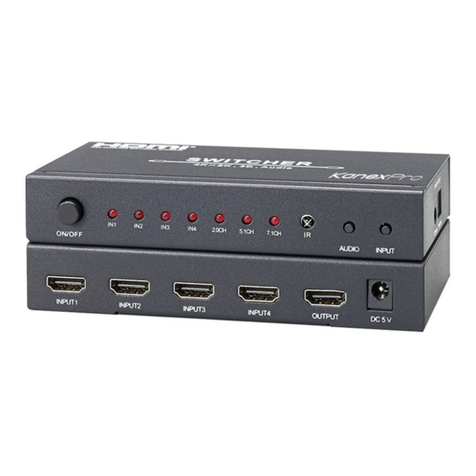
KanexPro
KanexPro SW-HD4X1AUD4K User manual

KanexPro
KanexPro HDBT-VTSC72-4K User manual

KanexPro
KanexPro HDSC51HDBT User manual
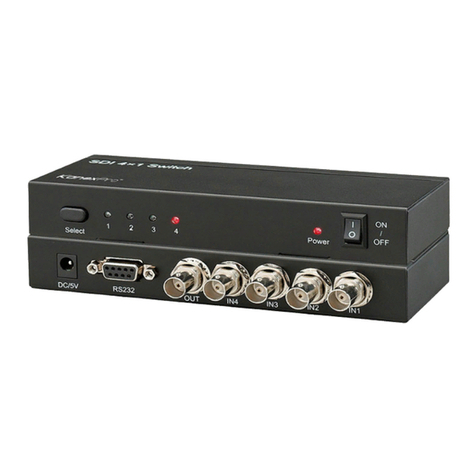
KanexPro
KanexPro SW-SDI4X1 User manual
Popular Switch manuals by other brands

SMC Networks
SMC Networks SMC6224M Technical specifications

Aeotec
Aeotec ZWA003-S operating manual

TRENDnet
TRENDnet TK-209i Quick installation guide

Planet
Planet FGSW-2022VHP user manual

Avocent
Avocent AutoView 2000 AV2000BC AV2000BC Installer/user guide

Moxa Technologies
Moxa Technologies PT-7728 Series user manual

Intos Electronic
Intos Electronic inLine 35392I operating instructions

Cisco
Cisco Catalyst 3560-X-24T Technical specifications

Asante
Asante IntraCore IC3648 Specifications

Siemens
Siemens SIRIUS 3SE7310-1AE Series Original operating instructions

Edge-Core
Edge-Core DCS520 quick start guide

RGBLE
RGBLE S00203 user manual















